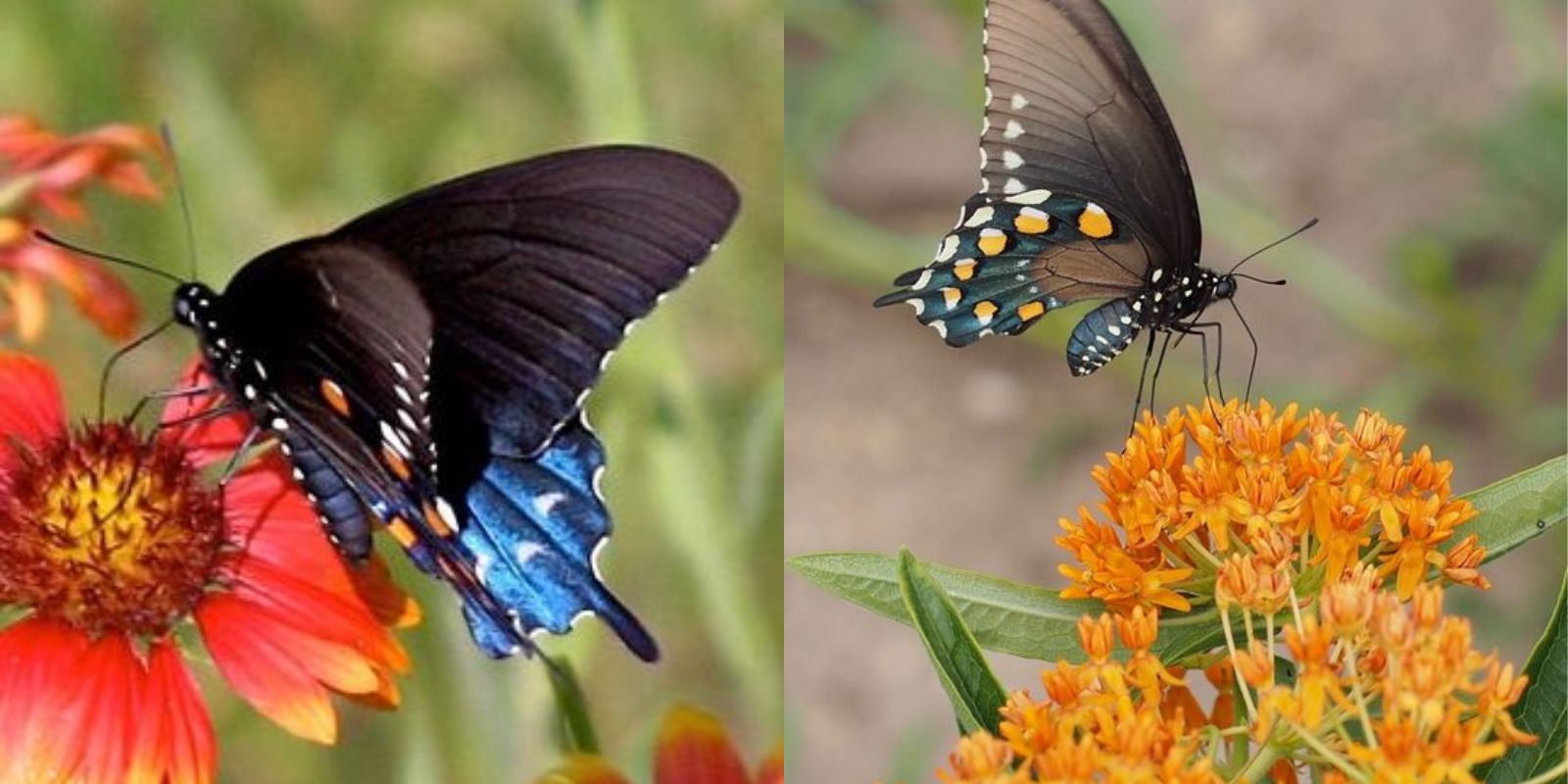Creating a garden that supports bees, butterflies, and other pollinators is vital for maintaining a healthy ecosystem. These essential insects play a crucial role in the reproduction of many plants by transferring pollen and enabling the production of fruits and seeds. However, not all plants are beneficial to these valuable creatures. Some can even be detrimental, offering little to no food or shelter, or potentially causing harm through chemicals or lack of accessibility. In this article, we will explore seven plants that are considered poor choices for pollinators and why you should avoid them in favor of more beneficial alternatives.
1. Cornus (Dogwood)
While dogwoods are beautiful ornamental trees, they are not particularly beneficial for pollinators.
- Limited Nectar: Dogwood flowers produce very little nectar, which means they don’t offer a substantial food source for bees and butterflies.
- Short Bloom Time: The blooming period for dogwoods is relatively brief, providing limited opportunities for pollinators to feed.
Instead of dogwoods, consider planting flowering shrubs like Lantana or Hebe, which are rich in nectar and bloom for longer periods, providing more consistent support for pollinators.
2. Holly (Ilex)
Holly plants, with their bright red berries and spiky leaves, are often used for decorative purposes during the winter months. However, they are not ideal for pollinators.
- Poor Nectar Source: Holly flowers produce a minimal amount of nectar, which is not very appealing to bees or butterflies.
- Toxic Berries: The berries are toxic to many animals and do not contribute to the diet of pollinators.
Opt for plants like Bee Balm or Milkweed instead, which offer abundant nectar and are known to attract a variety of pollinators.
3. Boxwood (Buxus)
Boxwoods are commonly used as hedge plants due to their dense foliage and neat appearance, but they are not particularly helpful for pollinators.
- Insufficient Nectar: Boxwood flowers are small and produce very little nectar, offering minimal attraction to bees and butterflies.
- Lack of Pollen: The plant does not provide a significant source of pollen, which is another crucial food for pollinators.
Consider alternatives like Lavender or Echinacea, which are both excellent sources of nectar and pollen, supporting a range of pollinator species.
4. Oleander (Nerium oleander)
Oleander is a popular ornamental plant known for its vibrant flowers and hardy nature. However, it has several drawbacks when it comes to pollinators.
- Toxicity: Oleander is highly toxic to many animals, including insects. This toxicity can deter pollinators from approaching the plant.
- Limited Nectar: The nectar production of oleander is low, making it less attractive to bees and butterflies.
Instead, choose plants like Goldenrod or Butterfly Bush that are known for their high nectar production and non-toxic properties, providing a safe haven for pollinators.
5. Wisteria (Wisteria sinensis)
Wisteria is admired for its cascading clusters of flowers and pleasant fragrance, but it poses several issues for pollinators.
- Low Nectar Levels: Despite their impressive appearance, wisteria flowers produce relatively little nectar, offering limited sustenance for pollinators.
- Aggressive Growth: Wisteria can be invasive, outcompeting native plants that are more beneficial to local pollinator populations.
Instead of wisteria, consider planting Joe-Pye Weed or Salvia, which are known for their abundant nectar and support of a diverse range of pollinators.
6. Japanese Knotweed (Fallopia japonica)
Japanese Knotweed is an invasive species known for its rapid growth and ability to outcompete native vegetation. While it may look attractive, it has several negative effects on the environment.
- Invasive Nature: Its aggressive growth can displace native plants that provide essential food and habitat for pollinators.
- Poor Nectar Source: Japanese Knotweed flowers are not particularly rich in nectar and do not attract pollinators effectively.
Replace Japanese Knotweed with native plants like Black-eyed Susan or Coneflower, which offer valuable resources for pollinators and help maintain a balanced ecosystem.
7. Marigolds (Tagetes)
Marigolds are popular in gardens for their bright colors and pest-repelling properties, but they have limitations when it comes to supporting pollinators.
- Limited Appeal: Marigolds produce little nectar and are not particularly attractive to bees or butterflies.
- Synthetic Chemicals: Some marigold varieties may be treated with chemicals that can be harmful to pollinators.
Instead of marigolds, opt for Sunflowers or Cosmos, which are both excellent for attracting and supporting a wide range of pollinators with their abundant nectar and pollen.
Conclusion
Creating a garden that supports bees, butterflies, and other pollinators requires thoughtful plant selection. Avoiding plants that offer limited nectar, are toxic, or are invasive is crucial in fostering a healthy environment for these essential insects. By choosing plants that are rich in nectar and pollen, non-toxic, and supportive of local ecosystems, you can make a positive impact on pollinator populations and enjoy a vibrant, thriving garden.
Call to Action
Are you considering changes to your garden to better support pollinators? Share your thoughts or questions about plants that benefit or harm pollinators in the comments below, and join the discussion on creating a more pollinator-friendly garden!

